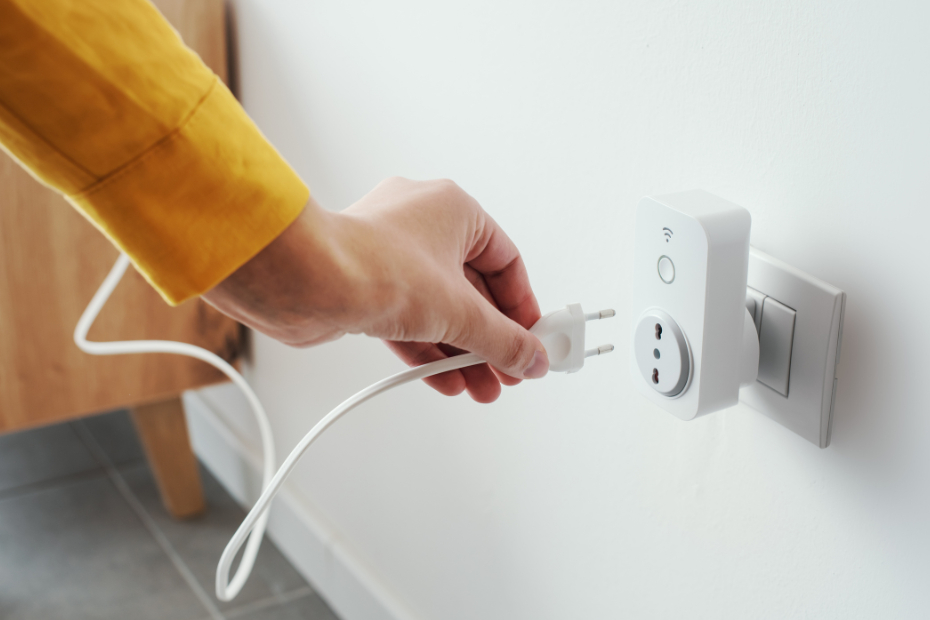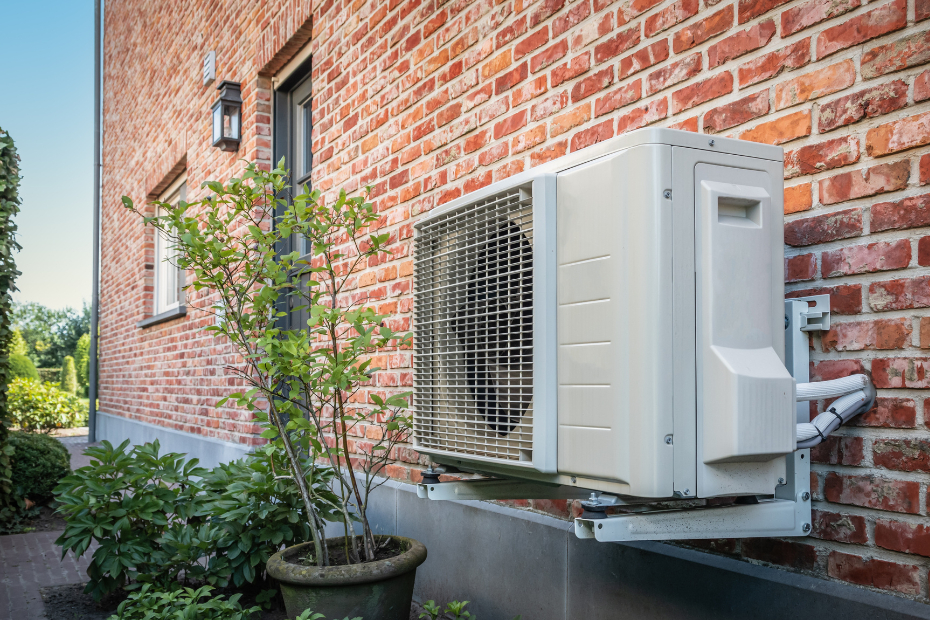Published May 17, 2023 • 5 Min Read
While you might not be in a position to start installing solar panels or replacing all the windows in your home, as a renter there are still many affordable, achievable changes you can make to use less energy.
To note: You may want to check with your landlord before implementing some of the ideas on this list.
1. Plug the gaps
The cost of heating your home makes up, on average, 62 percent of your annual home energy bill. Make sure your home is airtight to keep the outside cold truly outside: Caulk and weatherstrip your doors and windows; check around your dryer vent and kitchen exhaust pipe for air leaks; and fill gaps in your insulation with foam sealant.
2. Consider your curtains
Thick curtains at your windows can help keep the heat inside during the cold winter months, and in the summer, black-out blinds or curtains can help to shade sunny rooms from the heat of the sun.
3. Get a smarter thermostat
Installing a smart thermostat means you can accurately track your energy usage, and easily adjust its temperature using your smartphone. Most thermostats on the market are designed to be easy-to-install by yourself, and it’s a relatively small and easy modification that you could make to your rental property to improve your home’s energy use.
The more personalized and responsive settings that come with a smart thermostat can decrease your energy bills – the Ecobee brand, for example, estimates it can reduce your electricity bills by 23 percent.
4. Make a 2 degree adjustment
Turn down your thermostat by two degrees in the winter, and turn up your thermostat by two degrees in the summer. Maybe even try three or four degrees each way. If you do it gradually, you may not even notice a difference.
Read our guide for more ideas for energy-efficiency when heating and cooling your home.
5. Look out the ENERGY STAR sticker
If you’re in the market for a new household appliance, keep a look out for ENERGY STAR-certified products. It’s a trustworthy, government-backed program that certifies products that are energy-efficient and cost-saving.
In addition to big household appliances like refrigerators and clothes washers, you can also find ENERGY STAR stickers on smaller items like smart thermostats, light bulbs and lighting fixtures, computers and monitors, TVs, and video equipment.
6. Join the fan club
The cost of running your AC can add up in the hotter months, and fans can help to circulate cool air while reducing the strain on your AC unit. While ceiling fans are ideal for cooling large spaces, standing fans can also circulate air with the added benefit of being easy to move around without having to be installed.
7. Have an LED light bulb moment
Replace incandescent bulbs with compact fluorescent or LED bulbs. While LED light bulbs might be the pricier option at the checkout, the upfront costs will pay off in time: ENERGY STAR-certified bulbs will last at least 15 times longer than incandescent bulbs, and use up to 90 percent less energy.
8. Unplug devices, or plug into power bars
Did you know that devices like TVs, games consoles, and speakers continue to use energy, even when they’re on standby mode? By setting up power strips, you can easily turn off entertainment devices when they’re not in use.
9. Go with a low-flow shower head
A low-flow shower head can reduce your water usage, often by one fifth or more (depending on the model you choose to meet your water pressure preference). There are plenty of low-flow shower heads available for under $100.
10. Flush less water
Old toilets can use up to 30 litres of water with every flush, a lot more than the 6 litres used by newer models. As a renter, installing a low-flow modern toilet might not be on the cards, but there are other ways to reduce the amount of water you flush, from placing a weighted half-gallon plastic jug in the water tank to decrease the amount of water it takes to refill, to replacing the flapper valve or filler valve.
Read our guide for more ways to use less water at home.
11. Air dry your laundry loads
When it’s possible, skip the dryer and use a drying rack or a clothesline. Not only will you save plenty of energy, it’ll help your clothing, sheets, and towels last longer. Plus, you’ll get that fresh line-dried clothes scent.
Your actions can make a difference
Just as there are myriad ways that our homes are contributing to rising global carbon emissions, there are just as many approaches we can take to limit those emissions.
If you adopt these changes into your daily life as you see fit, you won’t just be wistfully wishing for a greener future—you’ll be an active participant in it.
This article is intended as general information only and is not to be relied upon as constituting legal, financial or other professional advice. A professional advisor should be consulted regarding your specific situation. Information presented is believed to be factual and up-to-date but we do not guarantee its accuracy and it should not be regarded as a complete analysis of the subjects discussed. All expressions of opinion reflect the judgment of the authors as of the date of publication and are subject to change. No endorsement of any third parties or their advice, opinions, information, products or services is expressly given or implied by Royal Bank of Canada or any of its affiliates.
Share This Article






